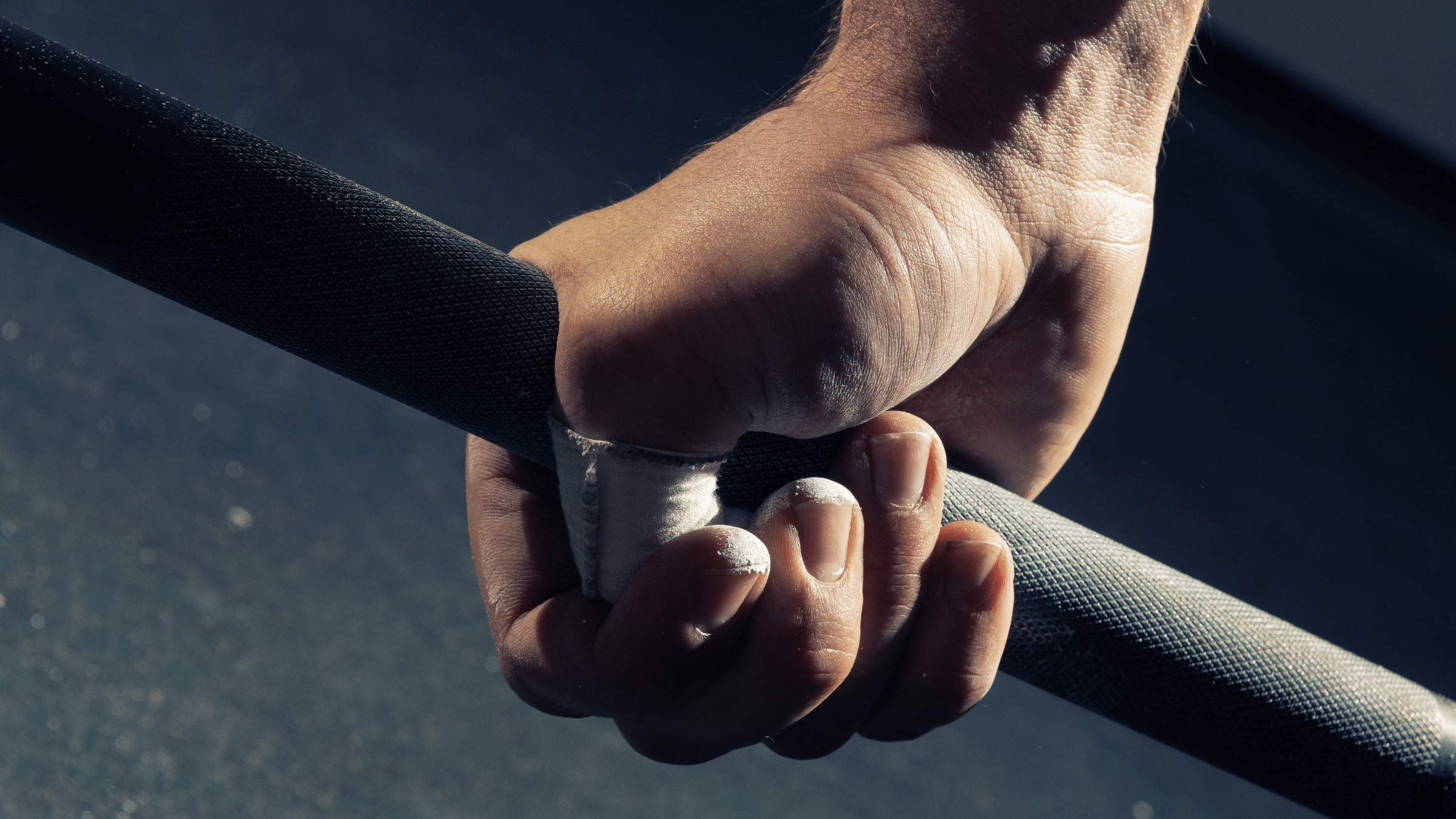I got this question a couple days ago on fitocracy: “Any tips or advice on bench press technique? Or plateaus, some of your experiences on busting through the damn things? That would be helpful.”
As far as bench press technique goes, this is the best video I know of. Unfortunately, the language is very NSFW, so if you’re easily offended, turn the volume off and just watch what he does.
Plateaus, unfortunately, can’t be dealt with quite as easily. It’s impossible to say “if you do X, it will break your plateau.” However, there are some general things you can look at that will help put you in the right direction.
The most important thing is determining the cause of the plateau. There are four main causes: technique, specific weaknesses, injury, and stupid programming.
1. Technique. Assuming you’re having problems benching, the video I linked is pure gold. If you’re having problems squatting, check out the “so you think you can squat” series from a couple years ago on elitefts. For deadlift, I haven’t seen as good of a summary since deadlift technique is FAR more particular to the individual. If you think your deadlift technique sucks, the best thing you can do is just to send your video to someone who knows something about the deadlift and general biomechanics. If you have technical problems, fix them immediately. You’re cheating yourself out of weight on the bar, and you’re setting yourself up for an injury. So what if you’re slightly weaker for a few sessions? Get your ego in check and do things right.
2. Specific Weaknesses. This is the least frequent problem, but it must be mentioned because of how deeply the Westside ideology has implanted it in the current PLing paradigm. If you can’t lock out bench presses, your triceps are weak. If you squat 100+ pounds more by cutting a squat 2 inches high rather than hitting depth (there will usually be a difference, but I’m talking about HUGE strength differences in a matter of inches in one’s ROM), you either have the exact wrong-length femurs (not likely), or your glutes are weak and inactive. If you can’t lock out deadlifts, your glutes or upper back are weak. For the most part though, if you train the lifts with good form and do a decent variety of accessory work, you’re not going to get any ridiculous imbalances.
3. Injury. You’d be amazing how many people complain that they’re plateauing on squat, and upon asking some basic questions I discover they have double patellar tendonitis, SI joint problems, a partially torn hamstring, and a broken foot. Slight exaggeration. But only slight (I’m not sure if it’s more funny or sad. Leaning towards funny). If you want to get stronger, get healthy and stay healthy, then build from there. Lifting heavy things will leave you a little beat up for time to time. That’s inevitable. But you have to know the difference between discomfort and pain. Get your priorities straight, stop your “hardcore” silliness, and take care of yourself like an adult. You know what’s “hardcore?” Lifting more weight than other people. So until you’re squatting more than 3 plates weight 250+, don’t tell me my advice boils down to “you should be more of a pussy and not care about your goals. Real men push through the pain to attain glory, etc, etc.” If you’re wondering, this is a paraphrase of an encounter I had with someone who thought rehab was for wimps, and whose wardrobe consists almost entirely of Westside and House of Pain apparel. Still, the point is that chasing a PR when you’re hurting is an exercise in futility. And so what if you hit that PR? You’re going to have to take a step back to rehab sooner or later, and the longer you wait to start, the worse the problem will be and the longer the rehab will take. Also, stop trying to be “hardcore.” If you think you’re hardcore, try to join the Navy SEALS. That’s hardcore. Powerlifting is a hobby. Some people are better or worse at this hobby than others, but until you’re pulling in enough income from lifting to support a family, it’s a hobby. Just keep things in perspective. Like this post. Ensconced in two small rants, I actually made a point. I think.
4. Stupid programming or nutrition. To know if this is your problem, you need to be keeping a workout log. If you have good records, you can see what the problem may be. Have you done the exact same thing for bench the last 28 weeks in a row? Well, our bodies adapt in response to disruptions in homeostasis. No change means no adaptation. Are you trying to “blast you way to new growth” with 57 sets apiece for your prime movers? Well, that’s dumb. Are you frustrated with your plateau, but you train as hard as Allen Iverson practices (still one of my favorite sports clips)? Well, step it up and put in effort concomitant with your goals. Programming isn’t as hard as most people like to make is seem. I include recovery as part of my definition of programming. Train hard, recover hard, and get better. For most people, 4-5 HARD sessions per week, coupled with lots of food and 9-10 hours of sleep per night will give you gains for months or years on end. I don’t want to derail this as a nutrition post as well, but you need to be eating plenty of dead animals + plenty of other food, including enough carbs post-workout that it would make Paula Dean blush. Don’t try to lose weight when you’re trying to break a plateau. That’s the ultimate form of trying to ride two horses with one butt. And we all know what happens when you try to do that. The horses try to go in opposite directions, your feet get caught in the stirrups, and at least one leg gets ripped off. Keep both of your legs. Decide between getting strong and getting lean, for the time being. Or just decide permanently against getting lean and opt for 30 inch legs and a bison-esque yoke instead.




